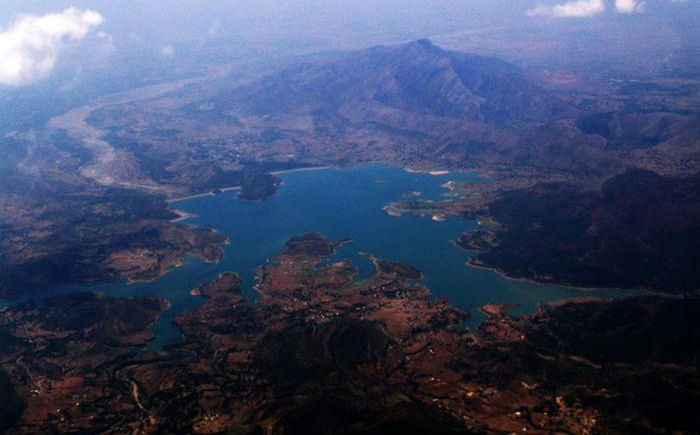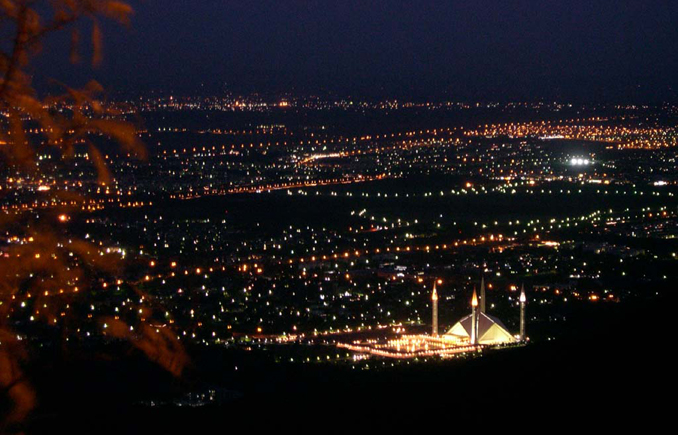Written by: Amna Javed
Posted on: April 10, 2015 | 
View of ancient Dharmarajika Stupa, Taxila
A green valley, Haripur is rich in production of fruits and vegetables. The area also serves as the base market for the mountainous cities of Abbotabad, Mansehra and other Hazara divisions. It is primarily known for its delicious guavas. One of the main attractions in this district is Khanpur, which is famous for its red blood oranges and the scenic Khanpur Dam. The dam has been developed as a picnic resort with numerous recreational activities, including water sports such as boating and cliff diving. Towards its north is the world’s largest rock filled dam, the Tarbela Dam.

In addition to that, the industrial area of Hattar lies close to Haripur, providing ample opportunities for investments. With increased road connectivity, the district would flourish tremendously. Geographically, the district is known as the gateway between the Hazara division, KPK and the capital of the country, Islamabad. In the northwest, Haripur shares its boundary with Mardan, the center of ancient Gandhara Civilization. This allows tourists easy access to numerous eye-catching destinations that can be explored.

Moving along the road, the corridor finally enters Islamabad. Serving as the capital city since the sixties, Islamabad was built according to a carefully though out plan. Sheltered by the picturesque Margalla Hills, the city is home to rare species of leopards, deers, birds and even porcupines. Several hiking tracks have been carved out through the Margallas, which lead to Daman-e-Koh and Pir Sohawa from where the tourists can enjoy a splendid view of the entire city. Islamabad also houses the majestic Faisal Mosque, the largest mosque in Pakistan. Besides these, the city also offers a good shopping experience with numerous markets and shopping malls. Luxurious cafés and restaurants set against the backdrop of Margalla hills in Saidpur Village also add value to the tourists’ experience. However, the new development in the city is causing severe damage to the green atmosphere of Islamabad. The development authorities must ensure that there is a balance between development and conservation of the natural environment in order to guarantee a clean, green city for the future generations.
At an hour’s drive from Islamabad lies the ancient Buddhist university town of Taxila. The city is known to be a historian’s paradise. The main center of the Gandhara Civilization, Taxila is over 3000 years old and is home to magnificent Buddhist establishments. The city, boasting a rich history, was not only the center of spiritual influence, but also the core of Gandhara art, culture and learning. Several monasteries and stupas were built around this region, together with the Greeks.

The city was added to UNESCO’s world heritage list in 2006. The vast serial site includes the remains of Buddhist monasteries, a Muslim mosque and a madrassa, making it one of the most important archeological sites in Asia. Most of these sites are located near the Taxila Museum. This region is witness to the monumental and rich legacy of art and architecture that Buddhism left in Pakistan. Much of the old art and craft has been preserved, due to which the city of Taxila attracts a large number of visitors.
The area is easily accessible through road and offers various options for accommodation with all necessary facilities. Heavy machine factories and industrial complexes are also based in the modern city of Taxila. Improved connectivity would also allow small cottage industry in the region to flourish. It is important to highlight that any new development in this region must not be carried out at the cost of harming the environment or any ruins that are spread through this area.
You may also like: